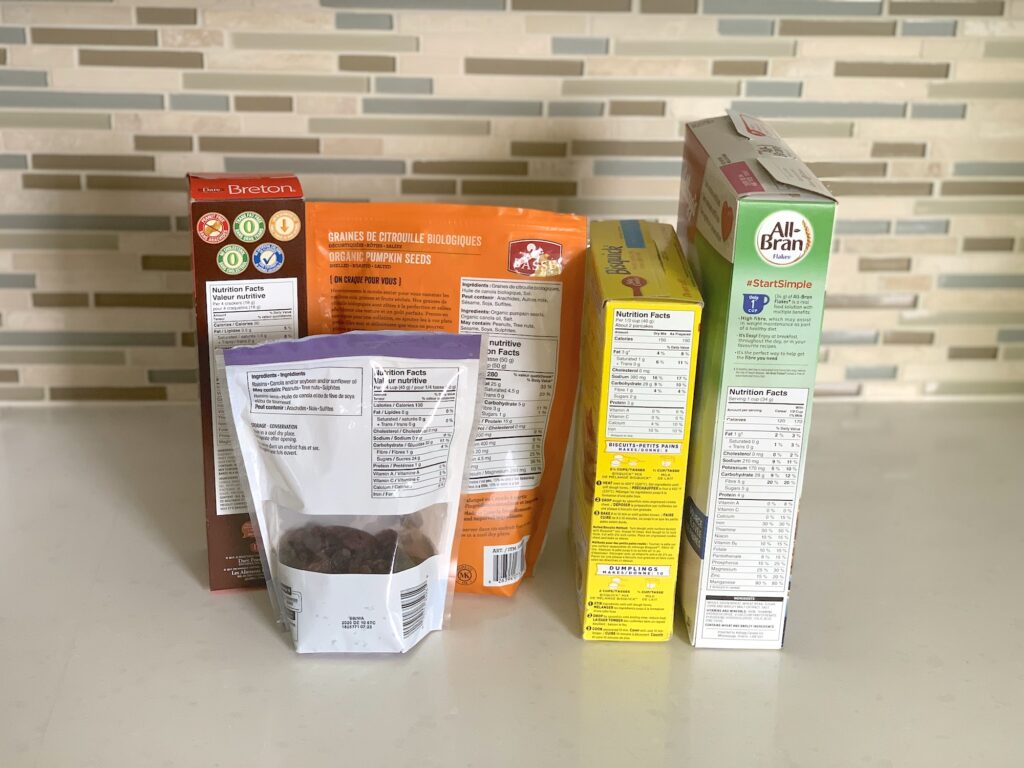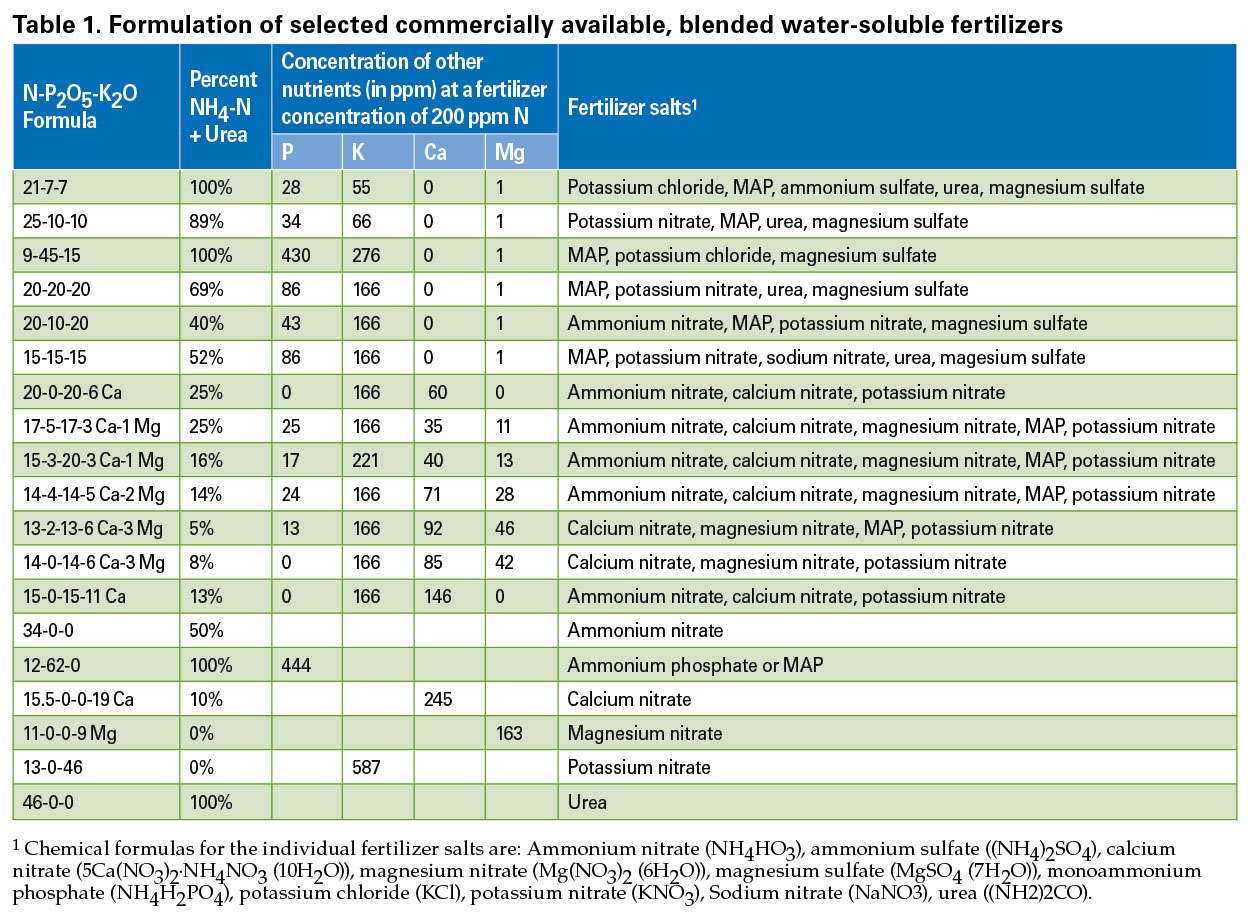39 information found on food labels
Understanding Food Labels | The Nutrition Source | Harvard T.H. Chan ... Understanding Food Labels The information on food labels is intended to help consumers become savvy about their food choices. The front, back, and sides of a package are filled with information to inform us what the food contains and to provide guidance in making healthier selections of processed foods. Packaging and labelling | Food Standards Agency The following information must appear by law on food labels and packaging: Name of the food The name of the food must be clearly stated on the packaging and not be misleading. If there is a name...
Explained: How food labels will change in India from today Food labelling norms for FMCG companies. A set of directives has also been issued to FMCG companies that require them to label pre-packaged foods and display of essential information at premises where food is manufactured, processed, served and stored.

Information found on food labels
Labelling - Food Standards Food labels also help to protect public health and safety by displaying information such as use by dates, ingredients, certain allergens, instructions for storage and preparation, and advisory and warning statements. FSANZ sets standards for what information must be on food labels. FSANZ has developed information on a range of labelling topics. Evaluation of Food Labelling the Products with Information Regarding ... The aim of this article is to explore the reasons for seeking selected information on a food label, with particular emphasis on certain information about sugar. In order to meet the aim, in 2020, a survey was conducted among consumers aged 18-45. Predictive models (Logistic Regression) were developed for noticing "light" products and reading food labels. The results of our ... What is required on a food label? - USDA A meat and poultry label is required to contain 8 features. These are: the product name, inspection legend and est. number, handling statement, net weight statement, ingredients statement, address line, nutrition facts, and safe handling instructions. These requirements are found in the Code of Federal Regulations (9CFR 317.2/381 Subpart N).
Information found on food labels. PDF Food Labeling Guide - Food and Drug Administration Food Labeling Guide Additionalcopies are available from: Office of Nutrition, Labeling, and Dietary Supplements HFS-800 Center for Food Safety and Applied Nutrition Food and Drug Administration... Key Elements of a Food Label To Know | Food Labeling Info Although the FDA doesn't test the nutrition of every food product, you must report accurate information on your label. Below is a list of information that should be on your product's Principal Display Panel (the area most likely to be seen by consumers) in order to comply with labeling regulations: Food ingredients Minerals Caloric value 10 things that MUST be on a food label The 10 things that MUST be on every label. Here is the compulsory info that is required by law on every food pack in Australia and New Zealand: Description or technical name of the food or drink (not the brand) Net weight or volume - amount of food or drink without the weight of the packaging. Date mark. Food labelling - Food and nutrition | NHS inform Under EU Regulations, food labels should give you information about the food inside the packaging, shelf life and storage instructions to help you make informed decisions about the foods you buy. Food labels should also show an ingredients list with the most common allergens clearly emphasised so they stand out from the other ingredients.
Food labels & nutritional information | Raising Children Network Ingredients on food labels. In Australia, food manufacturers must be truthful on their food labels. A food label can include only the ingredients that are in the food product. For example, strawberry yoghurt must contain strawberries. The label also has to list the amount of the ingredient that's in the food. This information is in the ingredient list, where it will be written as a percentage - for example, 'strawberries (20%)'. Food Labels | CDC All the numbers on this label are for a 2/3-cup serving. This package has 8 servings. If you eat the whole thing, you are eating 8 times the amount of calories, carbs, fat, etc., shown on the label. Total Carbohydrate shows you types of carbs in the food, including sugar and fiber. Choose foods with more fiber, vitamins, and minerals. Food labels - Better Health Channel Food labels carry useful information to help you make informed choices about what you and your family eat and drink. Most packaged foods are required to have a label with this information, but the information required depends on the food type. The food label will tell you all sorts of information, including: what the food is manufacturer's details Nutrition labelling | Food Standards Agency There are certain foods which are exempt from this requirement which can be found in Annex V to the Food Information to Consumers (EU) Regulation N. 1169/2011. ... Where nutrition information is declared on the label, certain nutrients can be repeated in the principal field of vision usually on the front of the food packaging. This information ...
Food labelling: giving food information to consumers - GOV.UK You must display the following information (mandatory information) on the product packaging or on a label attached to the packaging: the name of the food the quantitative ingredients declaration (... The Importance of Reading the Food Label and Nutritional Facts Luckily, reading a nutrition label isn't really that difficult. Sure, you can get pretty in-depth and precise with it, but a quick glance over it can give you plenty enough information to make healthy choices.. So here's a rough breakdown of all the key parts of every food label, and the areas where you should consider paying particular attention. What Information on a Food Label Is Mandatory? - Our Everyday Life Food labels are important for identifying what a food is, what is contained in it and how it fits into the diet. The U.S. Food and Drug Administration ensures that foods subject to requiring food labels are labeled correctly. There are five mandatory components for food labels. Statement of Identity The Basics of the Nutrition Facts Label - Academy of Nutrition and ... Step 4: Check Out the Nutrition Terms. Low calorie: 40 calories or less per serving. Low cholesterol: 20 milligrams or less and 2 grams or less of saturated fat per serving. Reduced: At least 25% less of the specified nutrient or calories than the usual product. Good source of: Provides at least 10 to 19% of the Daily Value of a particular ...
Food labelling and packaging: Food labelling - what you must show - GOV.UK Food labelling - what you must show You must show the following information: the name of the food a 'best before' or 'use by' date any necessary warnings net quantity information a list of...
Food Labels | Nutrition.gov Food Labels Food labels can help you make healthy choices when buying food in grocery stores or restaurants. Labeling Organic Products USDA, Agricultural Marketing Service, National Organic Program Learn about organic foods, requirements, and how they are labeled. Calories on the Menu HHS, Food and Drug Administration
Mandatory and voluntary information - Food labelling - BBC Bitesize Food labels have both mandatory and voluntary information. Mandatory - this means information that must be included by law. Voluntary - this is information that the manufacturer includes as they...
5 Basic Elements that MUST be on Your Food Label Sugar, fat, and sodium content. Calorie counts and serving size. Freshness. Organic. GMOs. If they can't find what they're looking for or don't understand the label, they'll buy something else. In that same study, researchers learned people are more willing to buy a product if it's clearly labeled as 'healthy.'.
Food labelling - get into the habit of checking the label Look for five key points on the label: 1. Energy The terms 'kJ' and 'kcal' (calories) tell you how much energy is in a product. Women need an average of 2,000 kcal a day and men need 2,500 kcal on average. 2. Saturates Saturates is another word for saturated fat. This section tells you about the amount of saturated fat in the product. 3. Salt
How to understand food labels | Eat For Health The Nutrition Information Panel on a food label offers the simplest and easiest way to choose foods with less saturated fat, salt (sodium), added sugars and kilojoules, and more fibre. It can also be used to decide how large one serve of a food group choice or discretionary food would be and whether it's worth the kilojoules. This is particularly important if you are trying to lose weight.
How To Read Food and Beverage Labels - National Institute on Aging For more information about food labels USDA MyPlate 703-305-2060 U.S. Department of Health and Human Services 877-696-6775 U.S. Food and Drug Administration 888-463-6332 druginfo@fda.hhs.gov This content is provided by the NIH National Institute on Aging (NIA).
Food labels - NHS These labels provide information on the number of grams of fat, saturated fat, sugars and salt, and the amount of energy (in kJ and kcal) in a serving or portion of the food. But be aware that the manufacturer's idea of a portion may be different from yours. Some front-of-pack nutrition labels also provide information about reference intakes.
Food Labeling & Nutrition | FDA Food labeling is required for most prepared foods, such as breads, cereals, canned and frozen foods, snacks, desserts, drinks, etc. Nutrition labeling for raw produce (fruits and vegetables) and...
What is required on a food label? - USDA A meat and poultry label is required to contain 8 features. These are: the product name, inspection legend and est. number, handling statement, net weight statement, ingredients statement, address line, nutrition facts, and safe handling instructions. These requirements are found in the Code of Federal Regulations (9CFR 317.2/381 Subpart N).
Evaluation of Food Labelling the Products with Information Regarding ... The aim of this article is to explore the reasons for seeking selected information on a food label, with particular emphasis on certain information about sugar. In order to meet the aim, in 2020, a survey was conducted among consumers aged 18-45. Predictive models (Logistic Regression) were developed for noticing "light" products and reading food labels. The results of our ...
Labelling - Food Standards Food labels also help to protect public health and safety by displaying information such as use by dates, ingredients, certain allergens, instructions for storage and preparation, and advisory and warning statements. FSANZ sets standards for what information must be on food labels. FSANZ has developed information on a range of labelling topics.




_8.png)








Post a Comment for "39 information found on food labels"